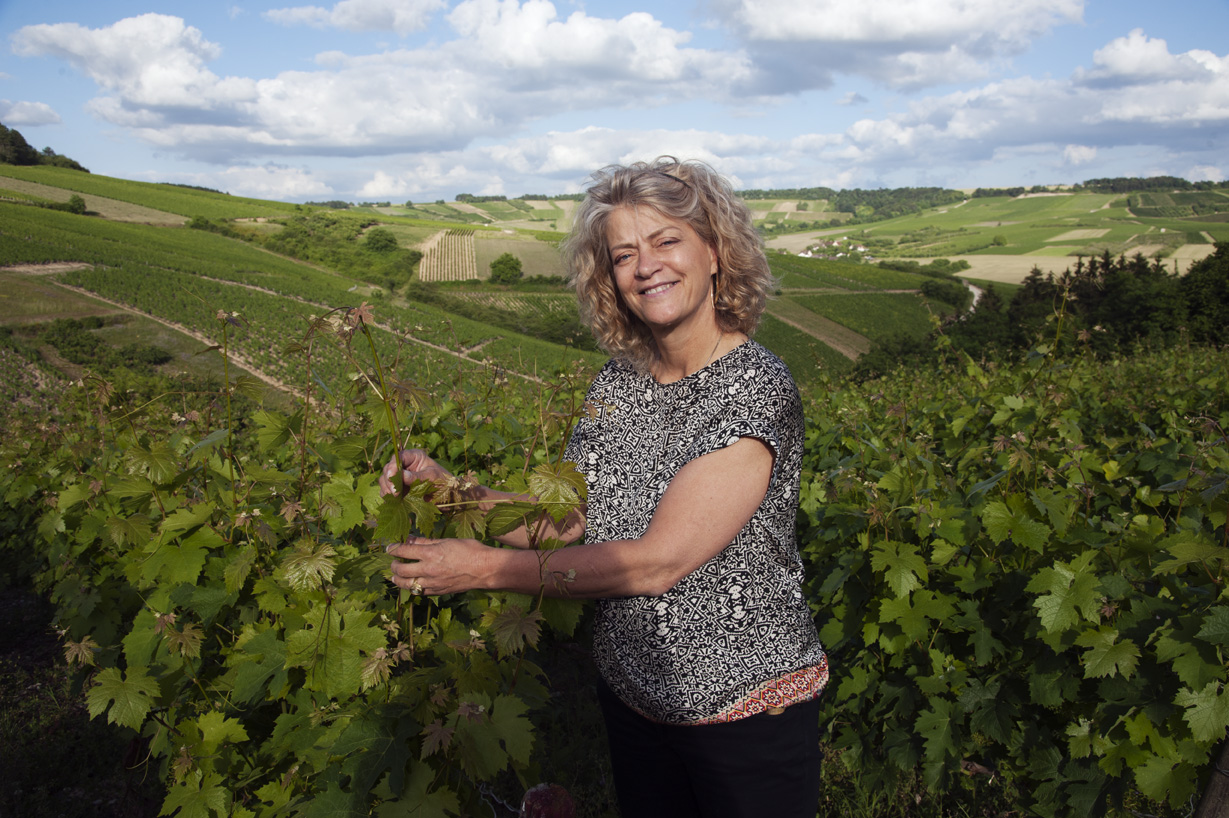- Français
- English

Burgundy’s daughter, Clotilde DAVENNE grew up in the countryside at the foot of the Morvan.
This childhood in nature forge her sensitive approach of the world. Everything is odors, flavors, colors, in a mixture of sensations daily restarted.
The nose in the air and taste buds alert, she learns vegetable scents: lime, acacia, mint, herbs wrinkled, rosé meadows, glades humid ...
There are also those of the garden: artichokes, peas, beans she often munched on site.
Games orchard: cherries, plums, raspberries and nuts, until the return to the kitchen: jam, cheese, cakes ... olfactory Layers that are delicacy.
Later, Clotilde wants to leverage this potential sensitive: make wine, a trade. So she decides to attend oenology studies.
Young graduated, she started in the red Beaujolais, discovers the sparkling wine of California, before returning acclimate white Burgundy.
Cellar master, she practices the expression of terroir through the wine she develops since 1989.
Hundreds of well shaped vintages confirm expertise she constantly tries to perfect.
« My wines speak of their land gracefully across the fruit of each grape variety »
Les Temps Perdus
Mosaic vineyard
Les Temps Perdus vineyard was created in 1992 when Clotilde planted her first Chardonnays.
Since then, out of a passion for terroirs and life, she cultivates and takes care of her vines with the greatest attention.
The estate now has 3o hectares of small plots of vines, of different grape varieties and ages, spread over the villages of
Saint Bris, Chablis and Irancy.
This typically Burgundian mosaic allows Clotilde to devote herself entirely to the production of exceptional cuvées.
My wines speak of their land gracefully across the fruit of each grape variety.